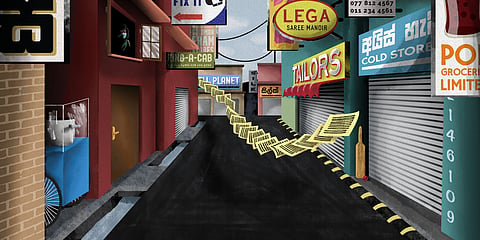"What will the world after COVID-19 look like?" Even before the extent of the outbreak was clear, this question took up column and screen space in major publications almost everywhere. It was a natural question for the media ecosystem to generate. The answers, we were told, were natural too: closed borders, national brinkmanship, and another fillip to the global turn towards authoritarianism.
Unsurprisingly, governments around the world, including those in Southasia, haven't veered far away from those predictions. However, if the last year of living through a pandemic has taught us anything, it is that the roots and results of our current issue, pardon the pun, respect no border. A certain kind of 'realism', with its faith in hard boundaries and nationalist solutions, seems to provide only an illusion of safety. Southasia needs a more inspired search for solutions.

